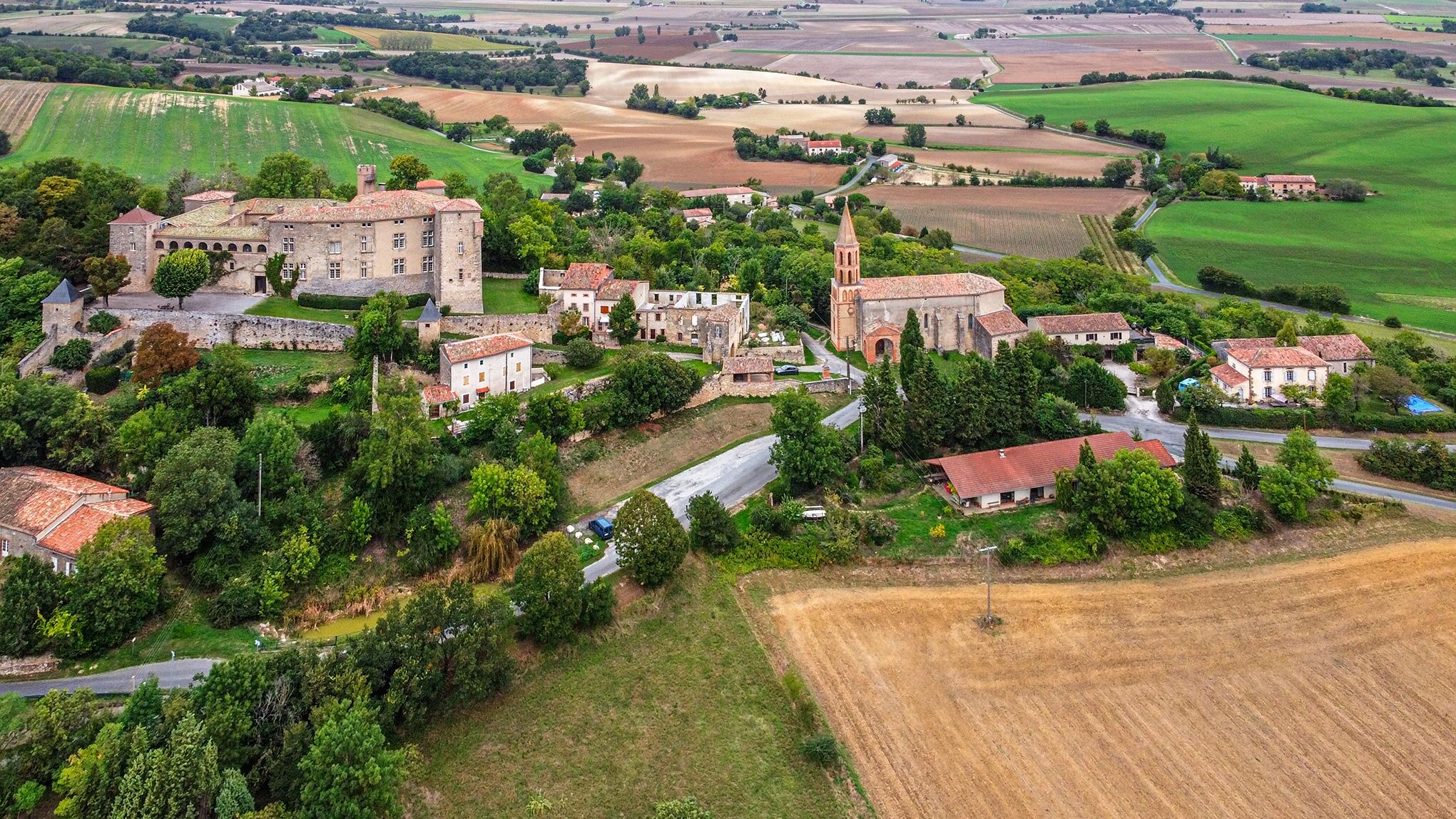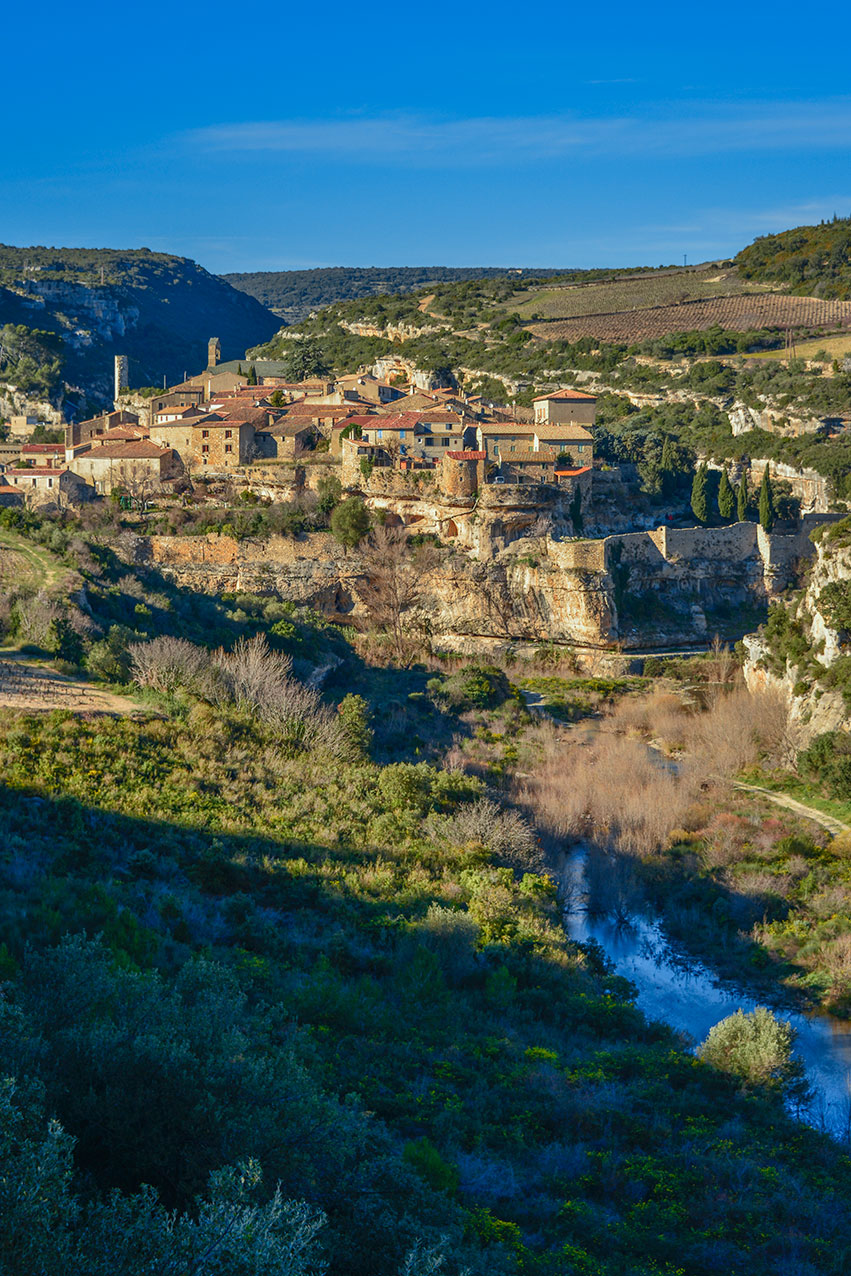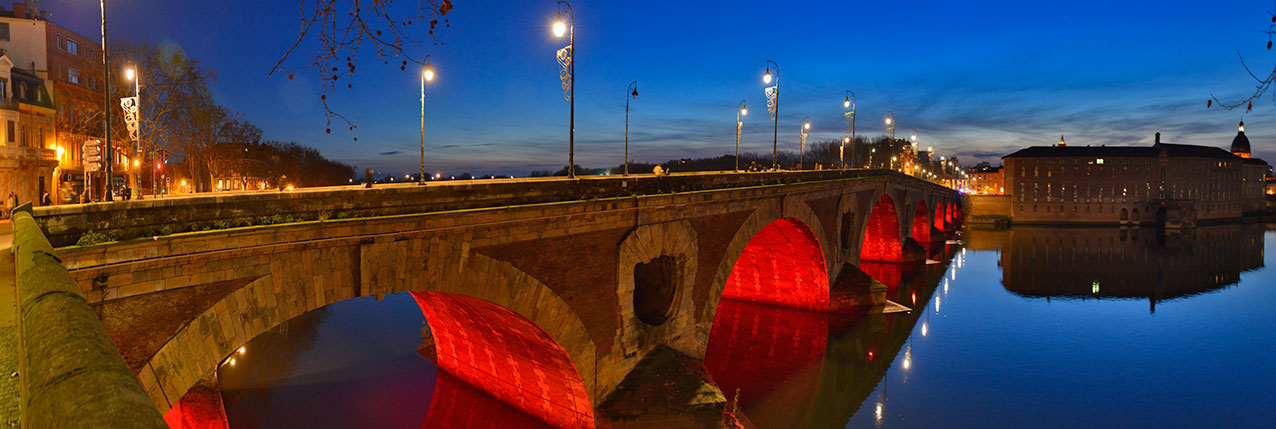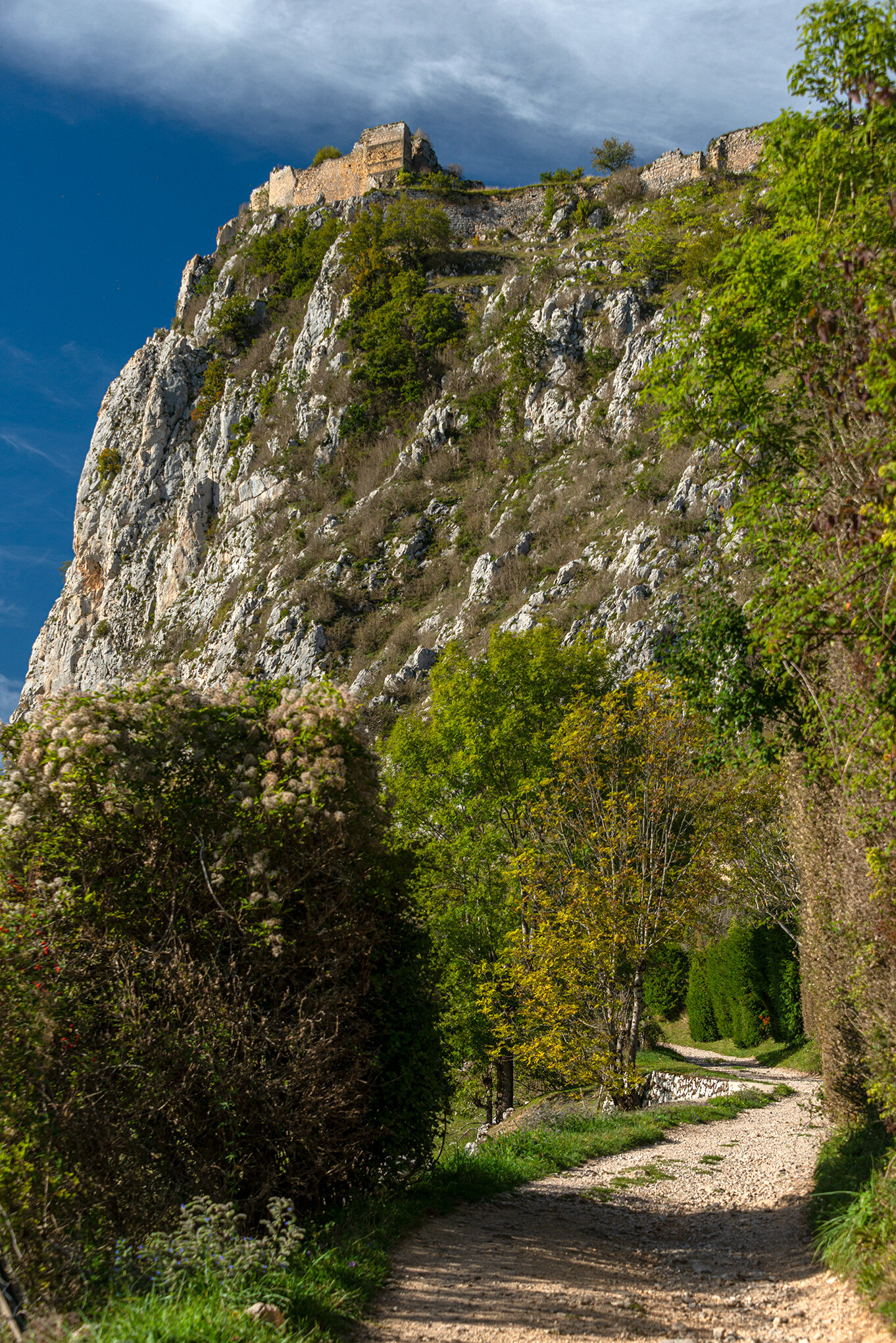cathars
THE LANDS OF THE CATHARS / Pays de Cathars
In the 13th century, parts of Europe and the Languedoc (including the independent County of Toulouse) of Southern France in particular, saw the rise of a breakaway religious movement that was at odds with the Roman Catholic Church who considered them heretics. We know them as ‘Cathars’, although they called themselves ‘Good Christians’ or ‘the good men’. The Cathar views of the written gospels differed vastly from the current religious dogma of the time, believing there to be two Gods, one good, one evil. The problem for the church was that the Cathars were throughout all levels of social and political life in the close knitted medieval society of the Languedoc, and mostly spoke the local Occitanie language (Oc for yes), whereas the church and the Northern French spoke the Latin ‘Oui - yes’, so the church had a hard time preaching their doctrine in the Languedoc. This integration by the Cathar’s was considered a massive threat to the power of the church. It meant nothing that these people were peaceful, did not use money, did not have churches as such, considered women to be equal to men, and that they were vegetarians and worked hard.
But an underlying subtext to this eradication of the Cathars was that the French King Philip II (Philip Augustus) wanted to annex the Languedoc to the kingdom of France. So under the pretext of a religious crusade known as the Albigensian crusade (the city of Albi was considered the heart) and subsequent inquisition, led by the church and their associated organisations like the Dominicans and other religious leaders, the Cathar movement was tragically wiped out over a period of years. Unfortunately, this process was through fire. Wherever Cathar’s were found they were burnt on a pyre, often hundreds at a time. For instance, the city of Beziers on the Mediterranean coast was sacked and burnt, and over 20,000 people were said to be massacred, simply because they refused to hand over their Cathar community. The Pope used fanatical leaders for the crusade like Arnaud Armaury, but the most notorious and bloodthirsty was Simon-de-Montfort, who became known as the 'Lion of the Crusade'. These photos document some of the locations where the Cathars lived, where they tried to hide and where they died.
The ‘Pays de Cathars’ (land of the Cathars) is now a major tourist draw card for much of Occitanie. All photographs © Jon Davison 2016 - 2022.





















































